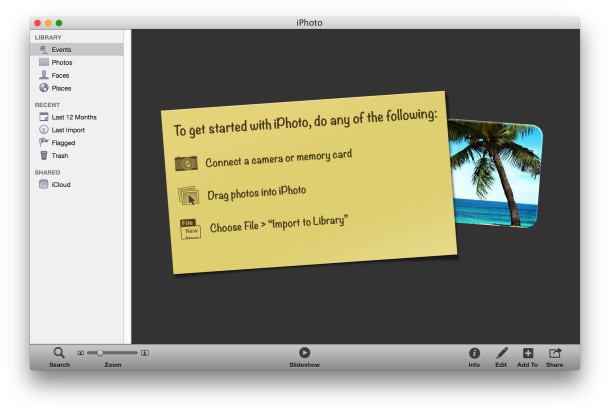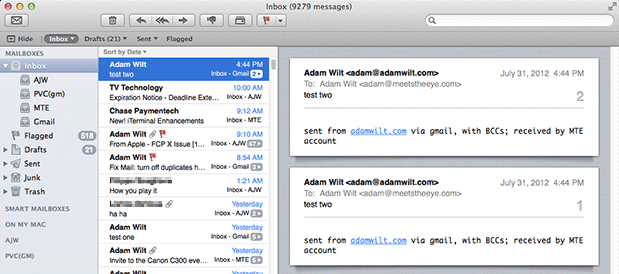

- #How to optimize my mac 10.6.8 how to#
- #How to optimize my mac 10.6.8 upgrade#
- #How to optimize my mac 10.6.8 pro#
- #How to optimize my mac 10.6.8 free#
Head over to System Preferences > Security & Privacy > FileVault and check your settings and make any changes. However, once the process is done, you can then uncheck FileVault encryption (which will also take some time to un-encrypt your hard drive) and then the performance should improve or even get better. My recommendation is, if your Mac is currently encrypting your hard drive, let it finish. Some also are reporting that the encryption hangs. Some users are reporting that the encryption process, as it happens, really bogs down the performance.
#How to optimize my mac 10.6.8 upgrade#
As part of the upgrade process, I was asked if I wanted to enable FileVault (which effectively encrypts your entire hard drive, making it more secure). It seems like FileVault is causing A LOT of slow-down issues. I did this in conjunction with other items. Anything you can do to reduce the graphics processing is always helpful. Just head over to System Preferences > Accessibility and click the “reduce transparency” option. This should really be called “reduce translucency” but some users have reported that this helped reduce the slowdown.

Release the keys when you hear the familiar startup chime/bong sound that your Mac makes when it starts up (you may hear it twice which means that the PRAM has been reset).Press Command + Option + P + R in combination, all together, before you see the initial startup screen.Here is the Apple Support Article for Yosemite –. Similar to resetting the SMC, you should periodically reset your computer’s PRAM. Release all keys after about 10 seconds and turn on and run your Mac like you normally do.By doing the key presses listed above, your Mac won’t power on but the reset will be done.Hold down the Left Shift + Option + Control + Power Button, simultaneously, for about 10 seconds.Plug in your Mac power cord into the wall socket.Basically, here are the steps you can do on a MacBook Pro:
#How to optimize my mac 10.6.8 how to#
Read this Apple Support Article that tells you how to do it on different Macs –. If your fans on your MBP are running all of the time, it’s probably worth doing this.

I believe that this (in conjunction with a few other things) truly fixed my issue. You can Verify your disk/hard drive but you cannot fix any issues.ģ) Reset the System Management Controller (SMC) This is another thing you you should do from the Recovery Partition. You can do it without restarting but you may want to run from the Recovery Partition that is automatically created with new installations of the operating system. This should be one of the things that you do before installing an upgrade to the OS as well as after. If you have another one to add, please leave a comment! 1) Repair Permissions I haven’t put these in any real type of order, however, I have noted the ones that I believe fixed my issues of slow-down and “lagginess” (or that seemed to fix other people’s issues). The video is embedded below and is also available directly on YouTube.ġ3 Tips to Optimize Your Mac After Yosemite Upgrade UPDATED 01.23.15 – Given the popularity of this article, I created a How-To video that goes over what is contained in this article. By the way, I have 8 GBs RAM, a 1 TB hard drive (that I upgraded myself), and an Intel Core i7 in my configuration.
#How to optimize my mac 10.6.8 pro#
While I cannot guarantee that any of them will help you, do know that I did get my 2010 MacBook Pro running much better. After going through and compiling and testing some possible fixes, I thought it would make sense to list them all out here.
#How to optimize my mac 10.6.8 free#
As most of us know, Apple’s latest operating system Yosemite (10.10), a free upgrade from Apple, is now available.


 0 kommentar(er)
0 kommentar(er)
